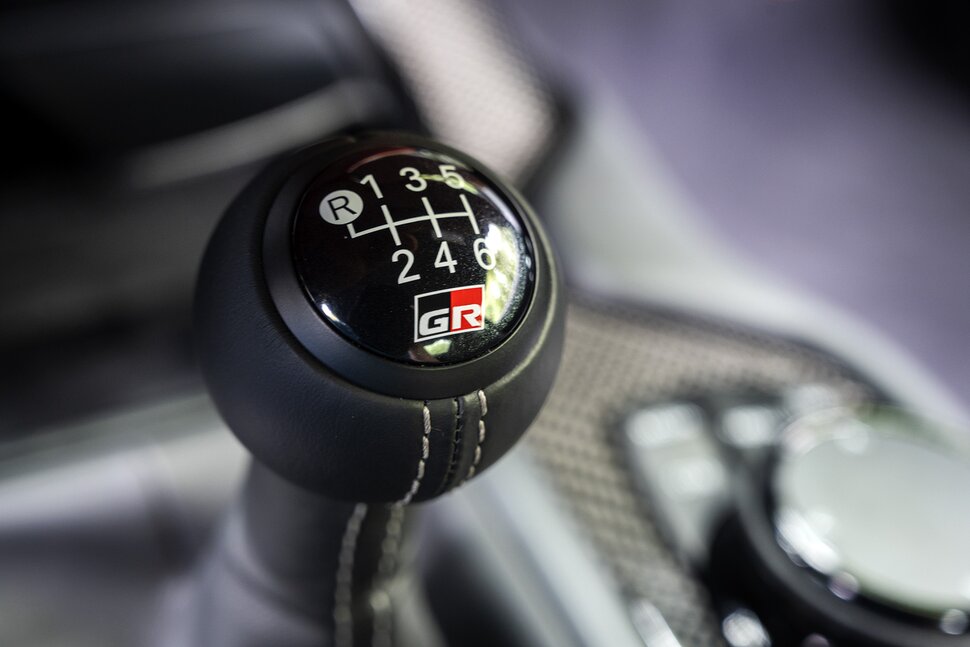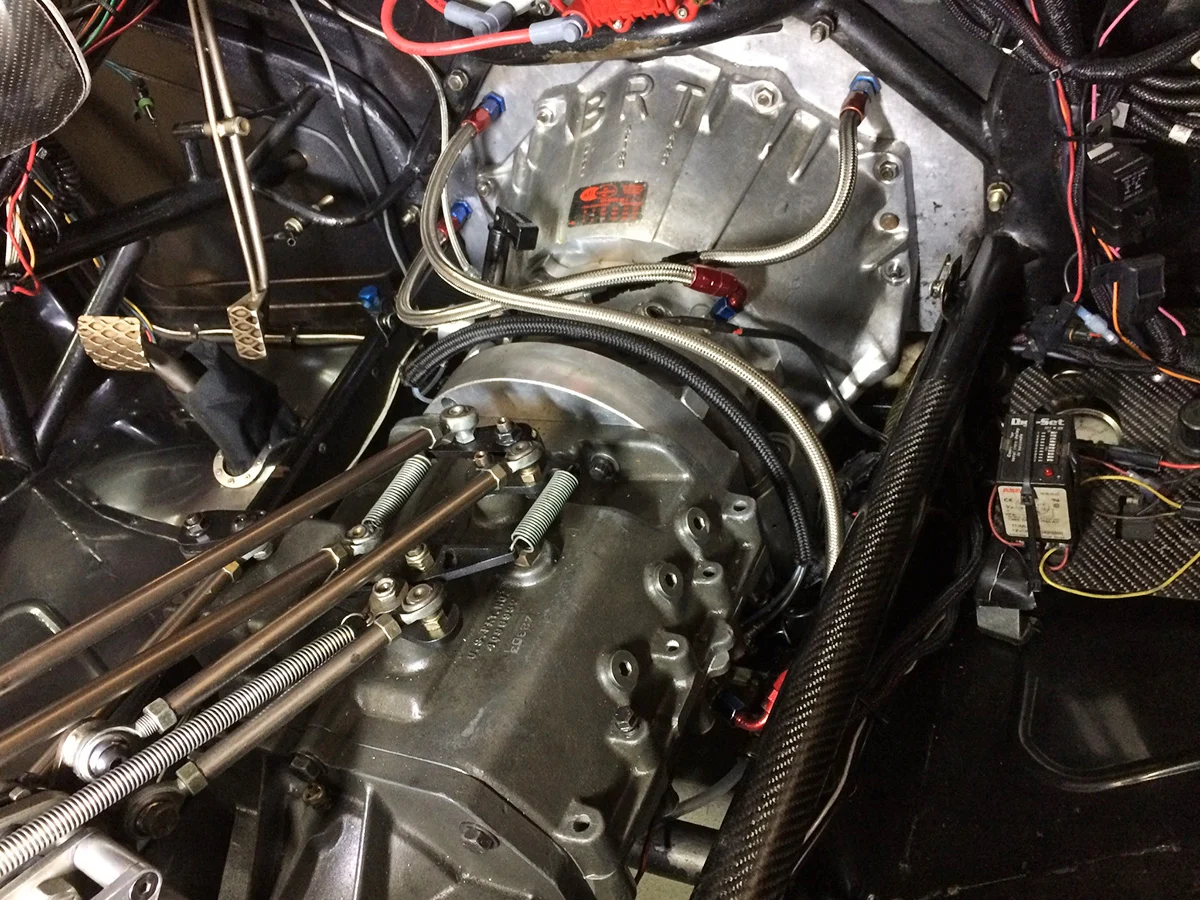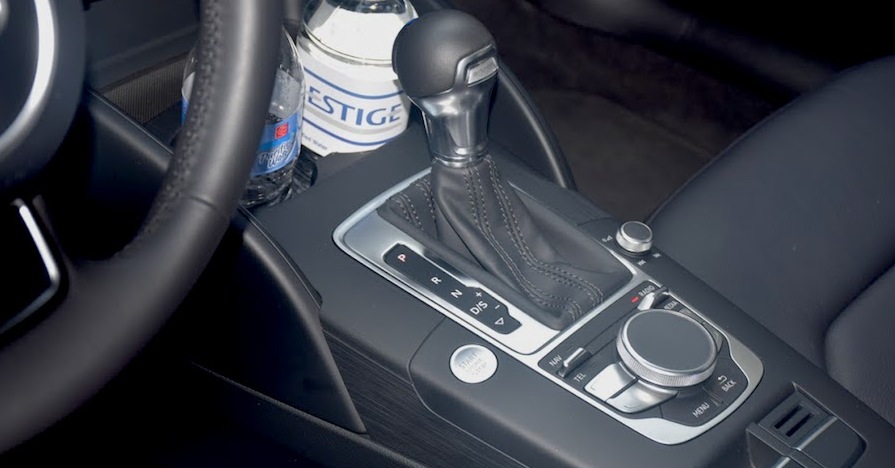The transmission system is one of the most important and basic parts of a vehicle. You can explain it like this: it moves power from the engine to the wheels. Transmission means the gearbox, which uses gears and gear sets to give the needed speed and force.
It is one of the most difficult parts of your vehicle, made up of several gears (gearbox). Its main job is to make sure the wheels get the correct amount of power so they can move at a set speed.
There are different kinds of car transmissions. The most used ones are automatic, while manual transmissions in stick-shift cars need the driver to do extra steps to drive the car properly. Let’s look at what the transmission system does.
How Transmission System Work?
How the transmission system works depends on its type. Usually, the transmission system lets the gear ratio between the drive wheels and the engine change. It adjusts this when the car slows down or speeds up.
When you start your car and later stop at your destination, the transmission separates the engine from the drive wheels. This way, the engine can keep running while the wheels are still.
The transmission can also help the car speed up better from a stop and lets the engine run more slowly while the car is moving at a regular speed. Now, let’s look at the different kinds of transmission systems used.
Also Read: 10 Manual Cars Known for Their Durable Clutches
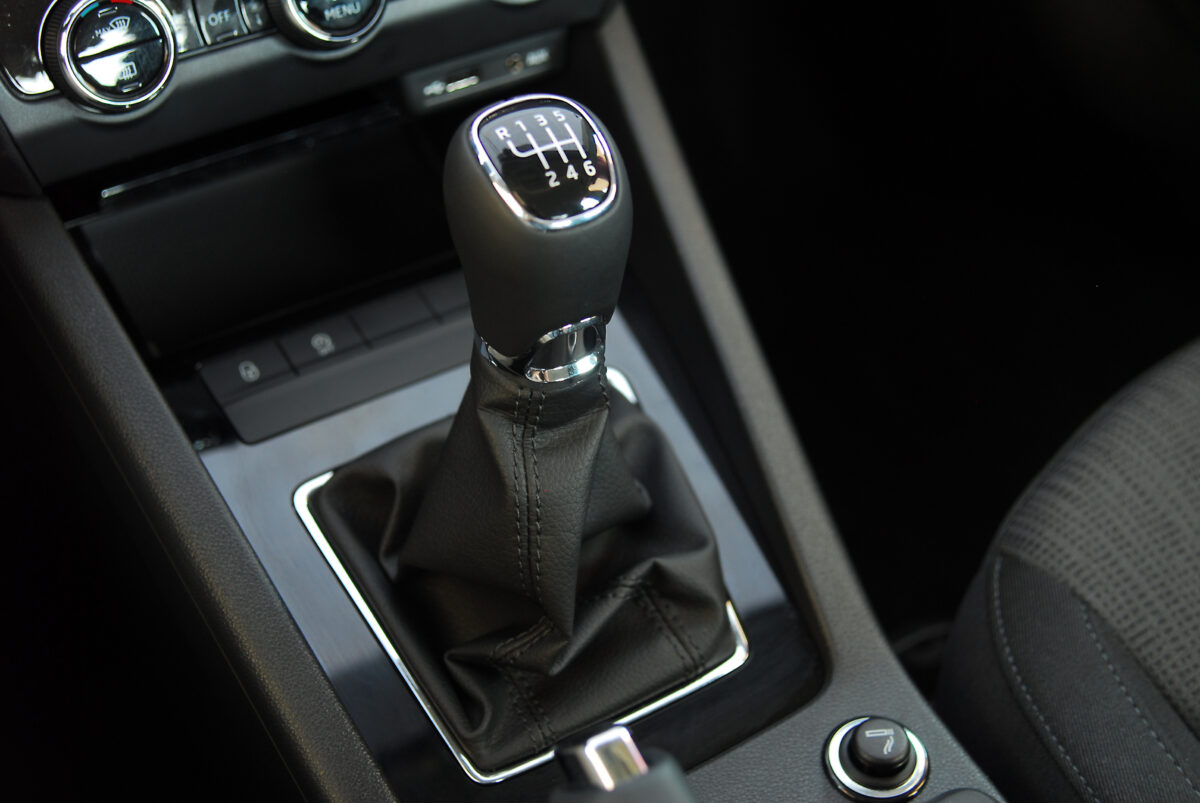
Manual Transmission
A manual transmission is a system where the driver has to change gears by using a gear stick and a clutch. This system includes a group of gears of different sizes and two shafts.
The input shaft is connected to the engine, and the output shaft stays linked to the input shaft. It has several gears. In this setup, the driver must change gears by hand and press or release the clutch pedal.
This type of transmission has a flywheel, a pressure plate, and a clutch. These help to connect or disconnect the engine from the transmission. The flywheel and pressure plate are fixed to the engine, and the clutch sits between them.
The phrase “push in clutch” means to release the pressure plate. This action separates the clutch from the engine. Every time you want to change gears, you need to press the clutch first.
Advantages of Manual Transmission
- Manual transmission works well for off-road driving.
- This system gives a high amount of torque.
- These are more dependable and simpler to fix compared to other systems.
Disadvantages of Manual Transmission
- Not everyone knows how to drive this type.
- It takes more time and effort to learn.
- It needs more involvement while driving.
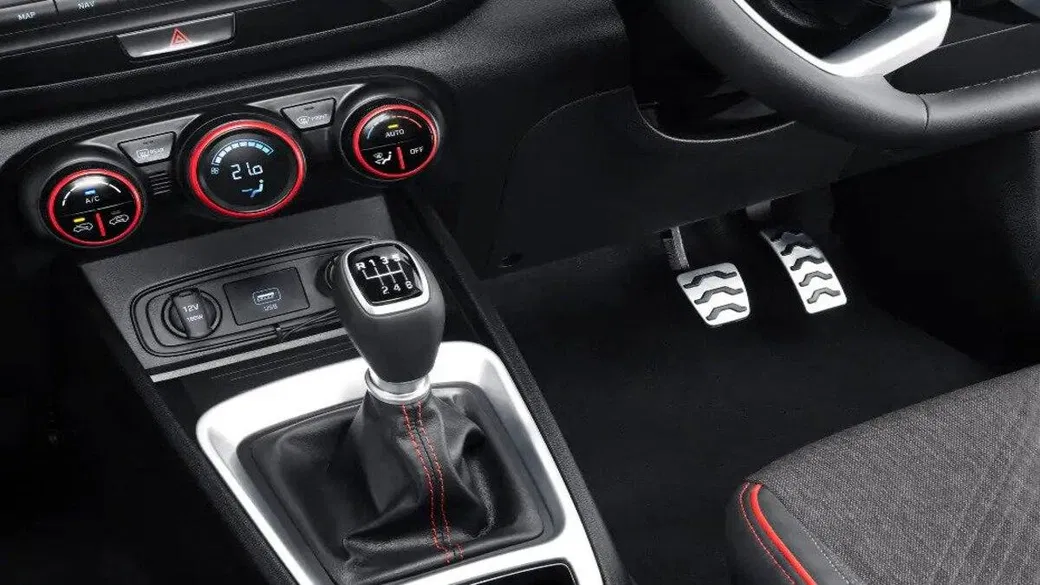
Intelligent Manual Transmission (iMT)
To explain it simply and clearly, the iMT is a manual transmission without a clutch pedal. It looks like a manual gearbox, as it has gears and a gear lever. For the driver, it can feel similar to an automatic because there is no clutch pedal—just brake and accelerator pedals.
In cases like driving downhill or passing another vehicle, you have full control of the gearbox without the trouble of using a clutch pedal. In this type of system, you don’t have to let go of the accelerator when changing gears, but doing so can make the process smoother.
The iMT system does not change gears by itself. When compared with a regular manual car, fuel use and mileage in an iMT car depend a lot on how the person drives.
Advantages of iMT
- With an iMT car, you can decide which gear to use without needing software help.
- The price of an iMT car is close to that of a manual one.
- iMT takes away the need to use a clutch, which is helpful in heavy traffic.
Disadvantages of iMT
- In iMT, gear shifts are not very smooth because it uses a clutch controlled by an actuator.
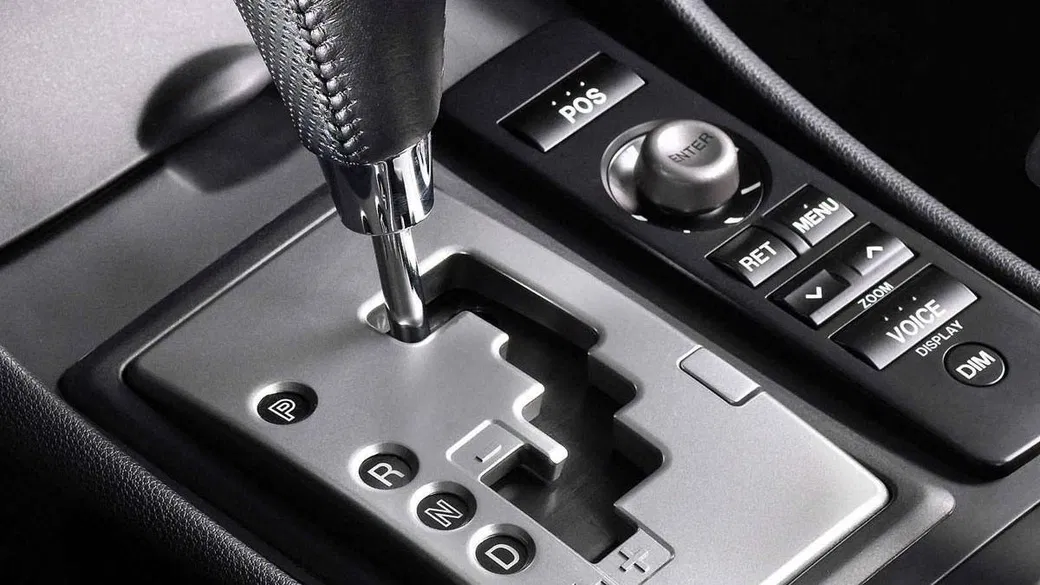
Automated Manual Transmission (AMT)
An automated manual transmission is an improved version of manual transmission that removes the need for the driver to press the clutch pedal while changing gears. It works almost like a manual transmission, but in this system, sensors and actuators take care of the clutch and gear shifting.
A car with AMT does not have a clutch pedal. It only has the brake and accelerator pedals. This system also lets you shift gears by hand if needed. The AMT uses hydraulic parts and a computer that works with the car’s Electronic Control Unit (ECU).
The gear shift pattern is set in the ECU and is based mostly on a fixed RPM range. When the system senses the engine has reached the right RPM, the ECU tells the actuators to work the clutch and gearbox. Some cars with AMT are Maruti Suzuki Alto, Hyundai Venue, Tata Nexon, and others.
Advantages of AMT
-
One big benefit of AMT compared to manual is that it’s easier to drive since the driver doesn’t have to use a clutch, which lowers tiredness.
-
AMT uses less fuel and lets more power go to the wheels than automatic transmission.
-
You can still choose how to drive it because most AMT cars also come with manual gear mode.
Disadvantages of AMT
-
Since AMT follows fixed RPM points, it might change gears at the wrong time during passing, which can be a problem.
-
It takes up more space and is heavier than manual transmission.
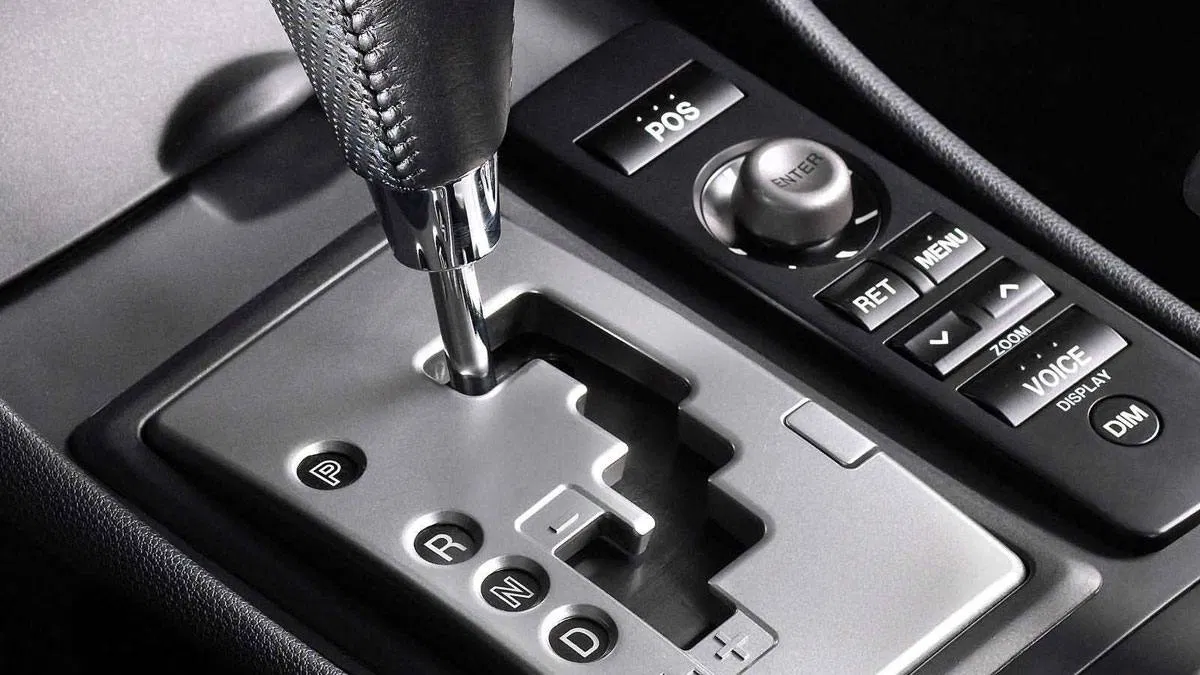
Automatic Transmission (AT)
This is a type of transmission with multiple speeds, used in cars that don’t need the driver to shift gears while driving normally. It is made of a planetary gear system, hydraulic systems, and a torque converter.
The engine is connected to the torque converter, which then connects to the gear system and then to the transmission. Inside the torque converter, several parts work together. The outer part holds the flywheel, which makes the whole unit spin.
As it spins, fluid is pushed out from the pump quickly, making the turbine move. This fluid moves through two different sections and passes through the stator. The turbine is joined to a shaft that leads to the rest of the system, and the energy is then passed to the gear system.
Advantages of AT
-
A big plus of automatic transmission is that it is easy and simple to use.
-
It gives a smoother driving experience for both driver and passengers.
-
Automatic systems usually have more power than similar manual ones.
Disadvantages of AT
-
It has many parts that can stop working.
-
Much costlier to keep up and fix than a manual transmission.
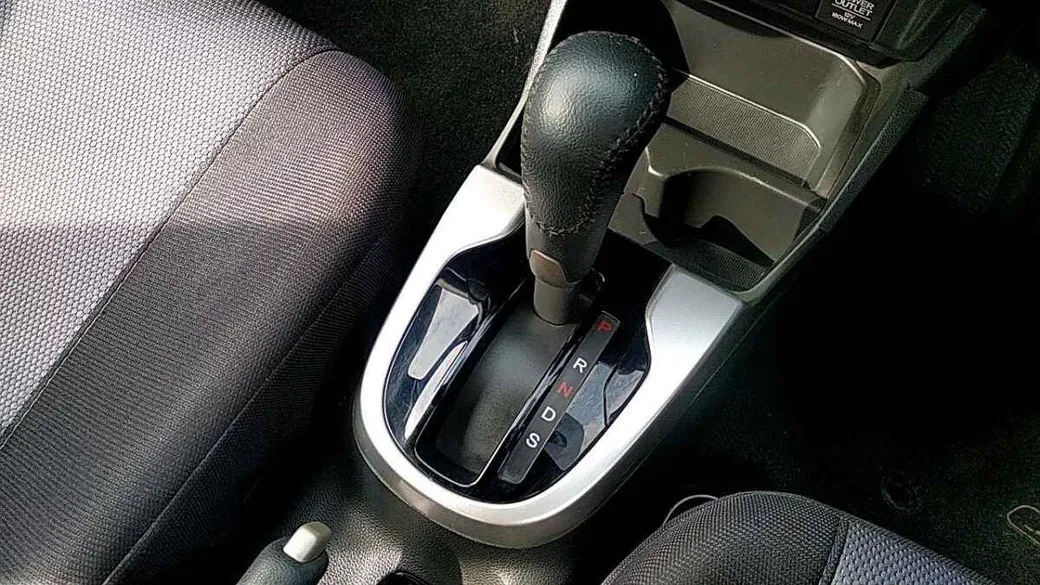
Continuously Variable Transmission (CVT)
Continuously Variable Transmissions (CVTs) use pulleys and are mostly used in small vehicles with smaller engines. They can change gears smoothly by keeping a steady gear ratio. This is different from other types of transmissions that have a fixed number of gear levels.
A CVT works using two pulleys connected by a steel belt. It changes the gear ratio by changing the size of the “drive pulley” that sends power from the engine and the “driven pulley” that sends power to the wheels.
These pulleys change in width based on how much power is needed—when one gets larger, the other gets smaller. This setup allows for smooth and strong acceleration. Car brands like Toyota, Nissan, and Honda use CVTs in many of their vehicles.
Advantages of CVT
-
They give a smooth ride because you don’t feel the gear shifts.
-
Fuel use is better since the engine runs in the best condition.
-
They react quickly when the driving situation changes.
Disadvantages of CVT
-
These are not useful for driving on rough or off-road paths.
-
There is no engine braking like what you get in manual transmissions.
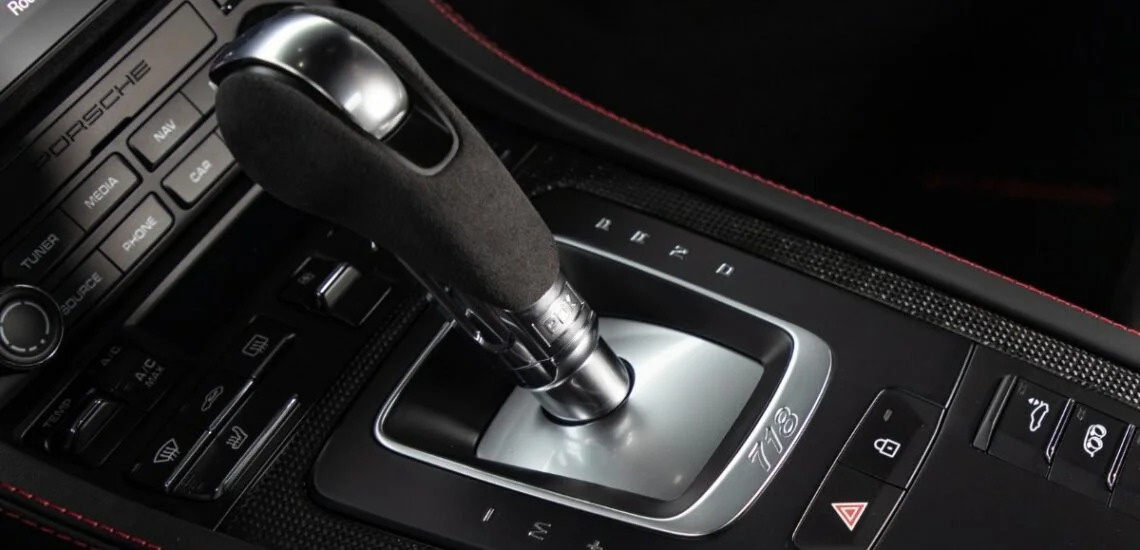
Semi-automatic Transmission
A semi-automatic transmission has more than one speed and works partly by itself, but still needs the driver to start moving and change gears by hand. It mixes features of both manual and automatic transmissions.
It gives you the choice to control the gears either by hand or automatically. The engine creates energy that turns the wheels, while the gear levels decide how fast or slow the wheels turn.
These do not have a clutch pedal. Instead, the clutch is controlled by the car’s computer and sensors when the driver shifts gears. That makes semi-automatic cars easier to drive. Hyundai uses this system in some of their cars.
Advantages of Semi-automatic Transmission
-
Gear shifting is smoother than in manual transmissions.
-
There is less delay or slippage when shifting gears.
-
Gears can be changed quickly without trouble.
Disadvantages of Semi-automatic Transmission
-
The system is complex, so parts can stop working.
-
These transmissions cost more to take care of than manual ones.
-
Repairing them is costly, and sometimes it’s cheaper to replace them instead.
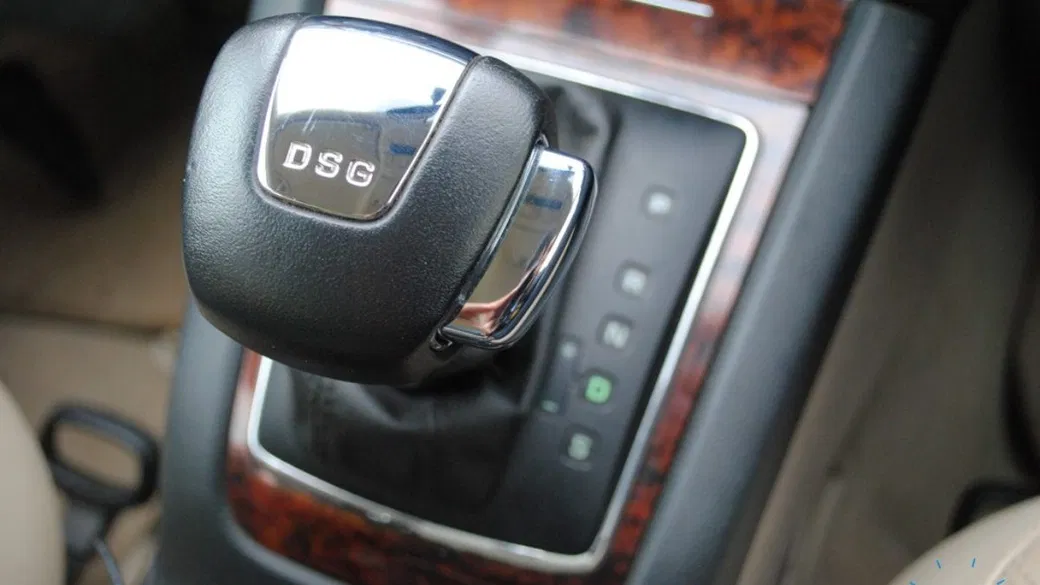
Dual-clutch Transmission
This kind of transmission uses two clutches—one for odd-numbered gears and one for even-numbered gears. This setup allows for fast gear changes. The design is much like two manual transmissions working together in one case.
The dual-clutch transmission works like an automatic system, so the driver doesn’t need to shift gears. It can be used in full automatic mode or manually with buttons on the steering wheel.
These gearboxes are mostly used in race cars and expensive sports cars, and they cost a lot.
Advantages of Dual-clutch Transmission
-
DCTs save more fuel and perform better than automatic ones.
-
They shift gears very smoothly and accurately, which makes them a top choice for high-performance driving.
Disadvantages of Dual-clutch Transmission
-
They are costly, and because they are complex, repairs are more frequent and expensive.
-
At slow speeds, like when parking or turning tightly, the car may jerk or lock up.


